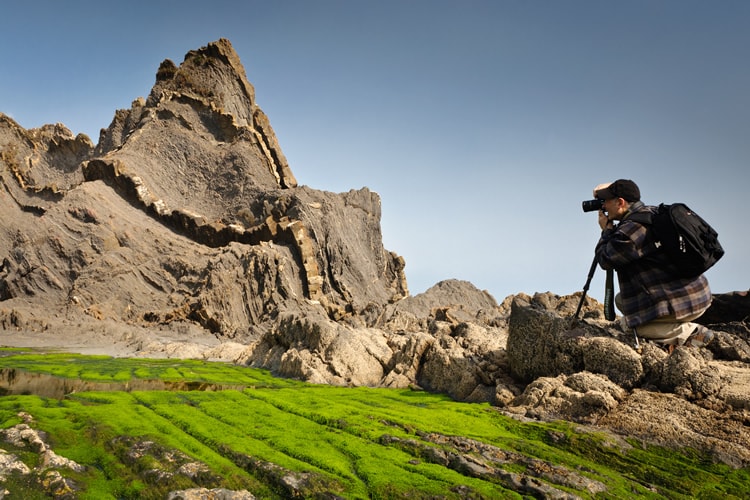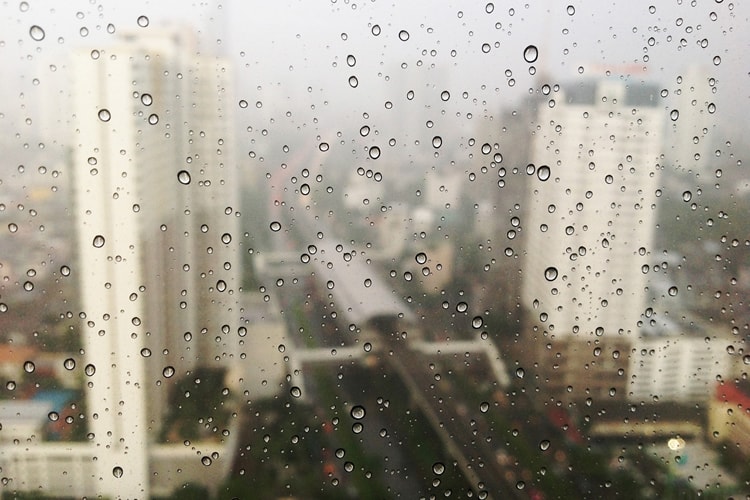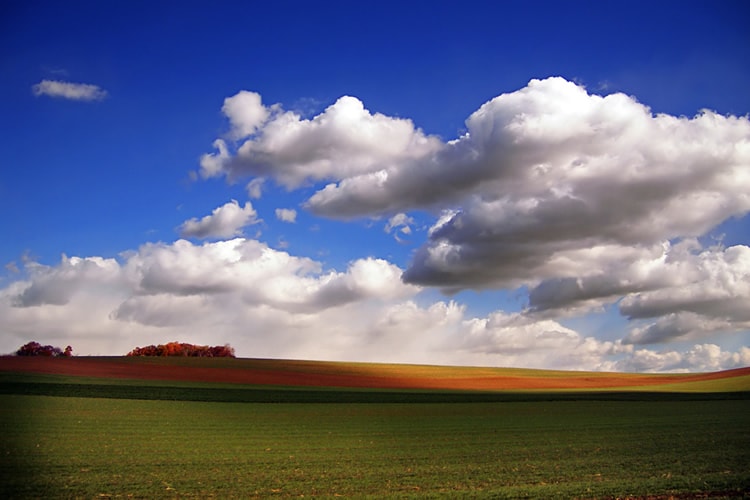No matter where you are – there are beautiful landscapes just waiting to be captured. You don’t have to travel abroad to create stunning images, you can start in your own local area, or for some lucky folks – in your own backyard!
Sometimes though, getting your camera to see what you see can be a challenge; which is why it pays to invest some time into learning the tips and tricks of the trade. Learning to capturing amazing landscapes can seem daunting, but familiarizing yourself with the basics behind every great landscape photo [1] will put you well on your way to capturing your own spectacular images.
Equipment

image by Danel Solabarrieta [2]
Specific equipment isn’t a requirement, but the right gear can help to make your job easier.
- Tripod: No matter what kind of landscape photography you are going for, you will want to put your tripod to use. When it comes to shooting landscapes, many situations call for long shutter speeds which will require a tripod [3] to minimize camera shake.
- Neutral Density (ND) Filters: You may also want to invest in some graduated neutral density (ND grad) filters [4]. These filters are invaluable for preventing overexposure of the sky, or underexposed foregrounds.
- Wide Angle Lens: Wide angle lenses are generally the best option for landscape photography. Wide angle lenses [5] help to give photos much-needed dimension, and have a larger field of view which helps the elements in the picture to stand out. Telephoto lenses are less than ideal; they have a narrower field of view, and tend to compress all of the elements in an image.
While there’s no doubt that having the right equipment on hand can help you to capture some stunning images, it’s important to remember that the best equipment for the job, is the gear that you already have. Ultimately, your skill as a photographer will have a much greater impact on the quality of your photos than your equipment will.
Settings

image by Ben Cremin [6]
With landscape photography, you’re up against constantly changing lighting conditions, which can make it tricky to get the right settings. Becoming familiar with your camera’s settings can help you to think fast when changing settings quickly.
For most landscapes, where you want most of the image to be in focus, you will want to set a small aperture. F/11 is a good starting point. Keep in mind that a smaller aperture will result in less light hitting your sensor, so if your images are too dark you may want to increase your shutter speed.
Long exposures are often used to produce amazing landscape images. If you are shooting with slow shutter speeds, make sure you use a tripod to prevent camera shake. When shooting streams and rivers, you may want to slow down the shutter speed to around 1/15 through 4 seconds (or longer) for soft, blurry water. Shooting the ocean [7] will usually require slower speeds, usually between 5 and 30 seconds for distant ocean shots, depending on how close you are to the ocean and how “choppy” the water is. Closer shots usually require faster shutter speeds of 1/2 to 1/8 of a second.
For landscape photography, it’s usually best to keep the ISO as low as possible (ISO 100) to prevent grainy images.
Find the Best Light

image by mendhak [8]
Lighting is never certain in the great outdoors, but learning to make the most of available lighting is one of the most important secrets for great landscape images. While there is no such thing as “bad light”, there are certain times of the day that make landscape photography more challenging.
Chasing the best light is an important part of landscape photography. The quality of light is constantly changing and it’s important to pay attention to ever-changing lighting conditions in order to capture the best landscape images possible.
Sunlight during midday produces direct, harsh light and shadows. An ideal time for shooting landscapes is when the sun is low, or behind clouds. This creates a warmer, softer light that is easier to work with, enhances the colors, and makes your images much more appealing. Another great time for landscapes is during the “Golden Hour”. This beautiful, prized light of the evening and morning is arguably the best time of day for landscape photography.
It’s also important to pay attention to the direction of light. The angle of the sun will help you to determine which direction you should face for the best results. Front lighting creates fewer shadows, with even illumination, however the lack of shadows often results in elements that lack form and texture. Backlighting results in more shadows. Side lighting is arguably the best for landscapes, creating dramatically lit compositions, illuminating some elements and casting others into a shadow resulting in beautiful compositions [9] that show the depth and texture of the land.
Weather

image by Thanun Buranapong [10] via Unsplash [11]
Weather is unpredictable. Learning to work with whatever weather you have is the best option. Weather can add interesting flair that can change your landscape dramatically.
- Sun: While most landscape photographers try to avoid harsh sun when working with landscapes – if it’s all you have to work with, then make it work for you. Reposition yourself so the sun is to your side to avoid harsh shadows.
- Rain: Raindrops and ripples in lakes, ponds, and other bodies of water can add interesting elements to your photo. Make sure to bring rain protection for your camera, however, because most cameras don’t appreciate getting wet!
- After a Storm: The lighting after a storm is beautiful! Or, look for opportunities to photograph during a storm, breaks in clouds where the sun is shining through can make dramatic and beautiful compositions.
Composition

image by Nicholas A. Tonelli [12]
When it comes to landscape photography, there is a wide variety of techniques that you can employ.
You can go for a simplistic shot with one, solid point of interest, or you a more complex shot that includes more. The right approach depends on what you are trying to convey with your image; some of the most amazing landscapes are also the simplest, but there are also some breathtaking compositions that have it all.
Here are some good compositional elements that are found in some of the best examples of landscape photography:
- Focal Point: A point of interest is central to most landscape compositions. This is essential for creating depth, as well as drawing the eye into the image. Use the rule of thirds to help place your focal point in context, and look for leading lines to help draw the viewer into the composition.
- Angles: Try photographing from different angles to change the directional lighting, and create different and interesting compositions. You never know how a different angle will change your composition for the better.
- Horizon Line: Don’t overlook the horizon when it comes to taking landscape photography. The horizon line is the most obvious and important line in landscapes, so make sure it’s straight.
A final word of advice for capturing spectacular landscapes: be persistent.
Capturing great landscape photos can take a lot of time and effort, but it pays off. No two photos of the same landscape will ever be the same; so get out there, explore, and have fun.
Please share your images and your own tips and tricks with us via Twitter [13] or Facebook [14]!